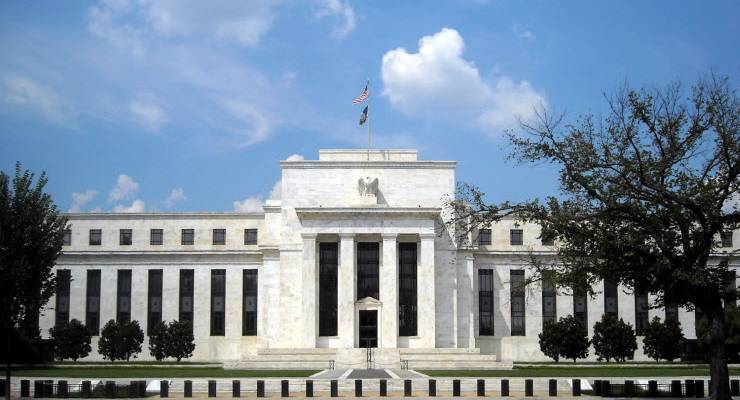
The gap between grim reality and market sentiment in the United States is widening to the point of absurdity. On Wednesday US time, we learnt its economy had contracted at an annual rate of 4.8% in the three months to March, while the Federal Reserve left its monetary policy stance at the easiest in decades.
But Wall Street rose more than 2%, ignoring the increasingly stark reality from the economy and giving weight to the latest in a number of reports about possible COVID-19 treatments.
A lot of the market optimism is driven by expectations that there will be a big economic rebound in 2021 — the “V-shaped recovery” — even though major economies are all likely to be smaller at the end of 2021 than they were at the end of 2019.
For example, Moody’s estimated on Wednesday that Australia would contract 4.9% in 2020 followed by a 3.7% rebound for 2021. Economists think that unemployment will be above 7%-10% next year compared with just over 5% at the end of 2019. That is, the recovery is more likely to be a long “U” — or even a reverse “L”.
The US Federal Reserve chairman, Jerome Powell, had a better handle on reality when he said in a webcast early this morning: “It may well be the case that the economy will need more support from all of us if the recovery is to be a robust one.” More support, that is, when the US economy is already receiving trillions of dollars in support now.
Powell has no time for deficit hawks, either: “This is not the time to act on those concerns. We won’t run out of money.”
Powell made the point that it’s basically impossible to predict when the economy will start to improve and health worries recede: “This is a new kind of uncertainty added on to our regular uncertainty.”
He expects an “unprecedented” drop in second-quarter GDP — there are predictions of an annualised contraction of 40% — and for there to be significant increases in unemployment.
He also said — contra market optimism — that it will “take some time” for consumers to start spending again once the economy begins to reopen, and consumers will need to be confident the virus is under control before returning to business as usual.
Powell was echoing the Fed’s open markets committee, which said in its statement after the meeting: “The health crisis will weigh heavily on economic activity, employment, and inflation in the near term, and poses considerable risks to the economic outlook over the medium term.”
All this bears directly on the nature of Australia’s economic recovery, which is likely to be significantly hampered by a prolonged US contraction and a sluggish rebound, which will impede global growth and slow China’s rallying. It also sets the stage for a fierce election year debate over further stimulus.
That debate, however, won’t play out how you might expect. It may well be between Congressional Republicans worried about debt and deficits on one side and Donald Trump and Democrats pushing for more spending to help the economy (and Trump’s reelection chances).
Trump wants another big stimulus bill aimed at infrastructure, while Republicans are talking about tightening purse strings and letting state governments go bankrupt. Reality might end up mugging the latter.









There’s a phenomenal dissonance between the real world and the markets. P/E ratios, even at the subdued prices, appear to be around 20 times at the moment, although earnings for some are so unsure it may be multiples higher.
With a historical average around 14, it makes you wonder who is buying.